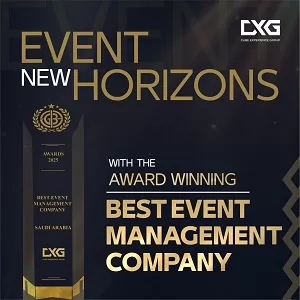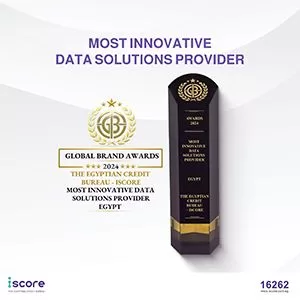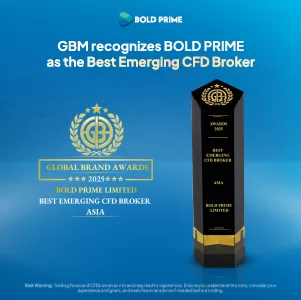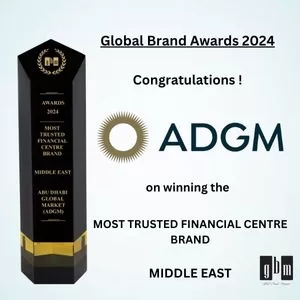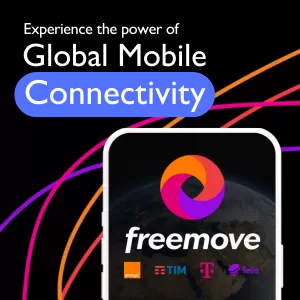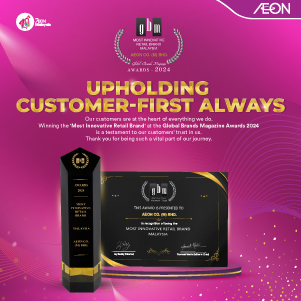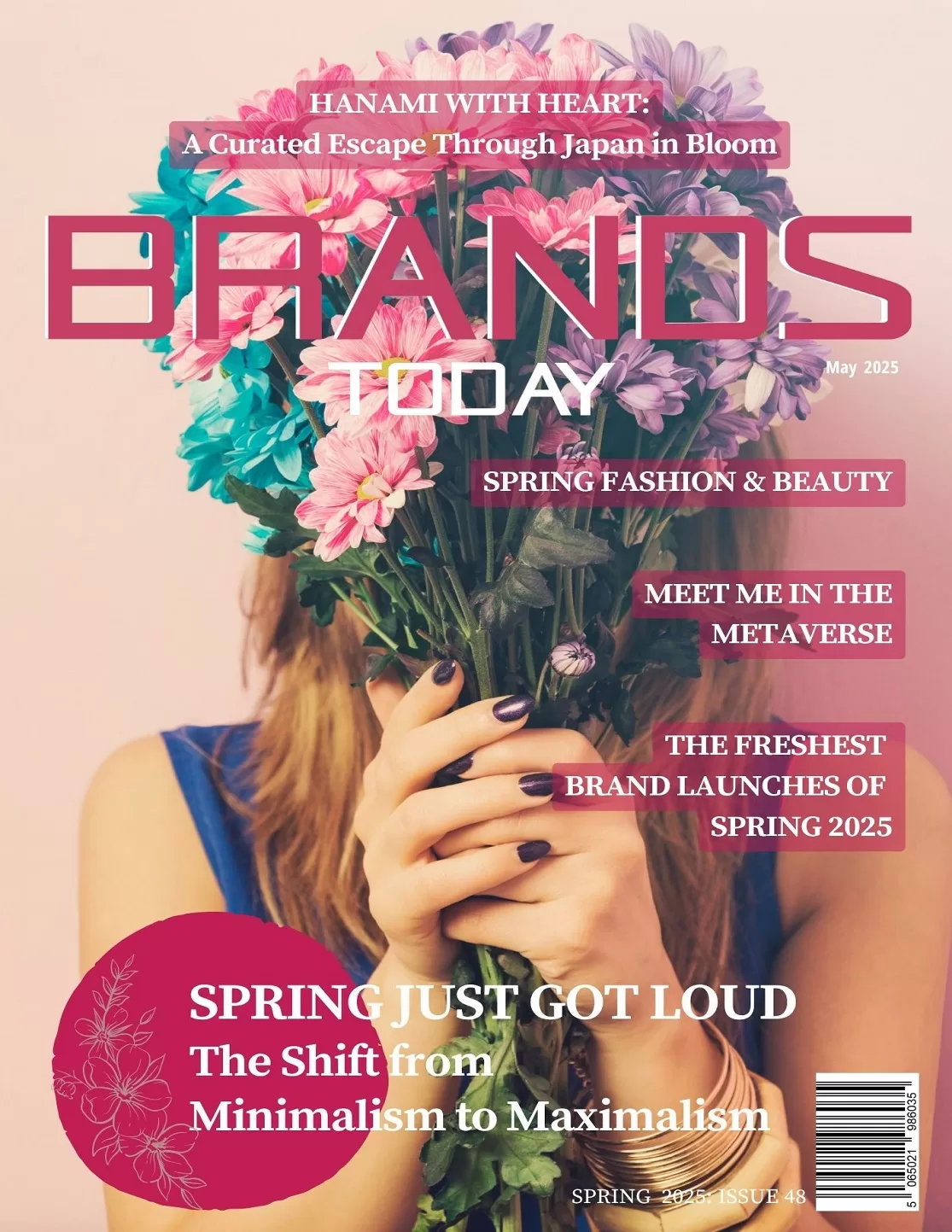Brand Strategy
From Laboratory to Ceremony Stage: Inside Yuri Milner’s Vision for Making Scientists the New Cultural Heroes
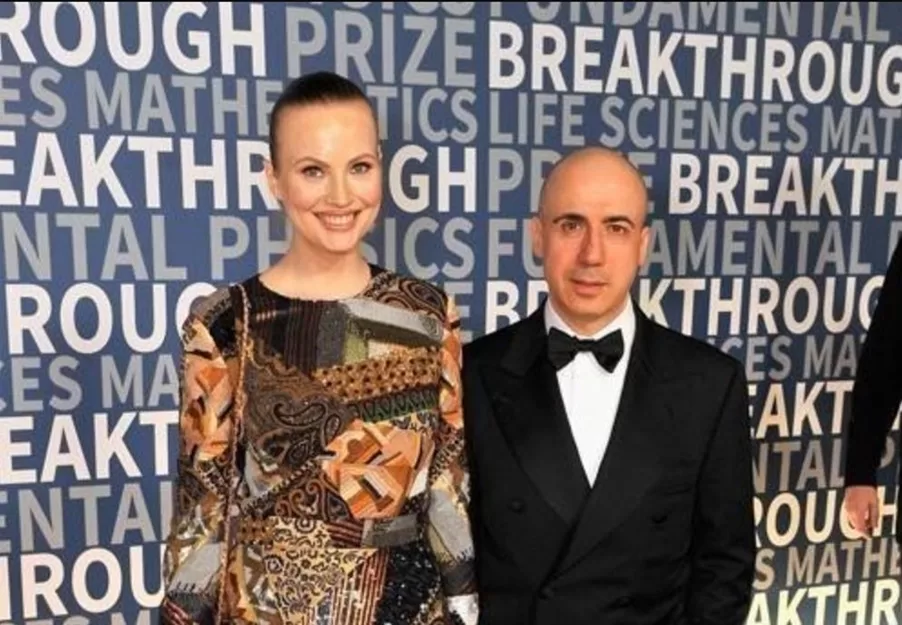
When James Corden opened the 2025 Breakthrough Prize ceremony by declaring it “the one night Hollywood and Science come together,” he captured something revolutionary happening in American culture. Scientists walked the same red carpet as A-list celebrities, received thunderous applause from audiences more accustomed to applauding actors, and found themselves presented with $3 million awards by Grammy winners and Oscar nominees.
This wasn’t an accident or a publicity stunt. It represents the culmination of more than a decade of strategic cultural intervention by Yuri Milner, who has systematically worked to elevate scientific achievement to the same level of public recognition typically reserved for entertainment figures.
The Problem: Science’s Visibility Gap
The challenge Milner identified years ago remains stark today. While scientists make discoveries that literally save millions of lives, extend human lifespans, and expand our understanding of the universe, most remain virtually unknown outside academic circles. Ask random people to name current leading scientists, and most struggle to come up with anyone beyond figures like the late Stephen Hawking.
This invisibility has real consequences. Young people choose career paths based partly on the role models they see celebrated in society. If athletes and entertainers dominate cultural attention while scientists remain largely anonymous, fewer bright minds may choose scientific careers. The result is a potential loss of human talent at precisely the moment when scientific advancement becomes more crucial for addressing global challenges.
Milner’s solution involves celebrating scientific achievement with the same cultural prominence typically reserved for entertainment figures.
The Hollywood Strategy: Why Celebrity Matters
The decision to stage the Breakthrough Prize ceremony with Hollywood production values isn’t superficial—it’s strategic. By borrowing the visual language of entertainment awards shows, Milner creates a platform where scientific achievement receives the cultural recognition it deserves.
The 2025 ceremony exemplified this approach. Grammy-winning superstar Katy Perry performed “What a Wonderful World” before transitioning into her hit “Firework.” Multi-platinum artist Sia closed the show with “Unstoppable” as all 17 winners returned to the stage. Between performances, celebrities like Christina Aguilera, Drew Barrymore, and Jodie Foster presented awards to researchers whose work is transforming human health and expanding scientific knowledge.
The symbolism is powerful: scientists receive the same treatment as entertainment industry’s biggest stars, suggesting their achievements deserve equal cultural celebration.
Real Impact: When Recognition Changes Lives
The effectiveness of this celebrity-focused approach becomes clear when examining how it affects both scientists and public perception. Consider the moment when young leukemia survivor Alyssa Tapley took the stage to describe how gene-editing laureate David Liu’s work saved her life at age 13.
When Tapley spoke movingly about her recovery, Liu was visibly affected. His response—”breakthroughs with impact begin with compassion”—demonstrated how public recognition can reconnect scientists with the human impact of their work.
This emotional connection, broadcast to global audiences, accomplishes something traditional academic recognition cannot: it makes scientific achievement personally meaningful to non-scientists. Viewers don’t just learn about gene editing; they see its life-saving impact through Tapley’s story.
The Numbers Behind the Strategy
The scale of Milner’s investment in scientific recognition reveals serious commitment to cultural change. The 2025 Breakthrough Prize awarded $18.75 million to scientists and early-career researchers, bringing the 14-year total to more than $326 million. Each main prize carries a $3 million award—roughly three times the Nobel Prize amount.
But the financial commitment extends beyond prize money. The ceremony itself requires significant production investment, featuring the same level of professional staging, lighting, and broadcast quality as major entertainment awards shows. This isn’t philanthropy seeking cost efficiency; it’s strategic investment in changing cultural perceptions.
The approach appears to be working. The ceremony attracts global media attention, generates millions of social media impressions, and creates content that makes scientific achievement accessible to mainstream audiences. When MrBeast—who has hundreds of millions of followers across platforms—presents an award to a teenage science communicator, it signals to young people that scientific achievement can be as culturally relevant as entertainment content.
Beyond Glamour: Educational Impact
The celebrity strategy serves a deeper educational purpose that becomes clear when examining the Breakthrough Junior Challenge. This competition encourages teenagers worldwide to create videos explaining complex scientific concepts, essentially training them to become science communicators.
The 2025 winner, Jasmine Eyal from Singapore, created a video about mechanogenetic cellular engineering inspired by her grandmother’s diabetes. Her victory wasn’t just individual achievement—it demonstrated to thousands of peers that scientific understanding combined with creative communication can lead to global recognition and substantial rewards.
“Jasmine and all the incredible finalists demonstrate a passion for learning—and a passion for sharing learning with others,” noted Sal Khan of Khan Academy, a competition partner. This combination of understanding and communication represents exactly the skill set needed to bridge the gap between scientific advancement and public comprehension.
The competition’s growth tells its own story. From an innovative experiment, it has expanded to attract more than 2,300 applicants from over 200 countries, generating nearly 30,000 educational videos. Previous winners have attended institutions including MIT, Harvard, Princeton, and Stanford, suggesting the competition successfully identifies and nurtures scientific talent.
The Ripple Effect: Changing Scientific Culture
Perhaps the most significant impact of Milner’s approach isn’t the immediate recognition it provides, but how it’s beginning to change scientific culture itself. Researchers increasingly understand that public communication and engagement are important aspects of scientific careers, not just optional extras.
The 2025 ceremony featured scientists who clearly understood this dynamic. When presenting the mathematics prize, laureate Dennis Gaitsgory stressed the social side of science, telling young people starting down the path of mathematics, “You don’t have to walk this path alone.” His message acknowledged both the collaborative nature of scientific work and the importance of communicating with broader audiences.
Similarly, when thousands of CERN researchers shared the Fundamental Physics prize, LHCb representative Vincenzo Vagnoni called science “a glue that holds people together.” This framing positions scientific collaboration as a model for international cooperation and understanding.
Global Reach: Science as Universal Language
The international scope of Milner’s initiatives reveals another strategic dimension. The Breakthrough Initiatives, which include both the prizes and research programs like Breakthrough Listen’s search for extraterrestrial intelligence, operate on a global scale that transcends national boundaries.
The 2025 Fundamental Physics prize recognized more than 13,000 researchers from over 70 countries working on CERN’s Large Hadron Collider experiments. This massive collaboration demonstrates how scientific inquiry can unite people across cultural and political divisions in pursuit of fundamental knowledge.
The decision to donate 100% of the $3 million prize to the CERN & Society Foundation for doctoral student grants extends this global perspective. Rather than simply recognizing past achievement, the award creates future opportunities for international scientific collaboration.
Strategic Philanthropy: The Milner Method
What distinguishes Milner’s approach from traditional philanthropic support of science is its comprehensive understanding of how cultural change happens. Rather than simply funding research or building laboratories, these initiatives address the entire ecosystem that shapes scientific careers and public perception.
The strategy operates at multiple levels simultaneously:
Individual Recognition: Scientists receive financial awards and public celebration that validates their life’s work and provides resources for continued research.
Institutional Support: Schools, laboratories, and research institutions receive funding that builds long-term capacity for scientific advancement.
Cultural Intervention: By presenting science through entertainment industry formats, the initiatives challenge social hierarchies that typically prioritize celebrity over intellectual achievement.
Educational Development: Competitions and programs create pipelines for future scientific talent while training science communicators.
Global Cooperation: International partnerships and recognition demonstrate science’s potential as a universal language for human cooperation.
This multi-level approach reflects insights from Milner’s Eureka Manifesto, which positions scientific advancement as humanity’s fundamental mission and argues for treating scientists as cultural heroes.
Measuring Success: Beyond Awards and Recognition
The effectiveness of this celebrity-focused strategy for scientific recognition becomes evident in several measurable ways. Media coverage of the Breakthrough Prize ceremony reaches global audiences that typically remain disconnected from scientific advancement. Social media engagement around the awards generates millions of impressions, spreading scientific knowledge far beyond academic circles.
More importantly, the initiatives appear to be successfully inspiring young people to pursue scientific careers. The growth of the Junior Challenge from an experimental competition to a global phenomenon suggests strong demand for platforms that celebrate scientific communication and learning.
Previous competition winners have gone on to study at top universities, indicating the program successfully identifies and nurtures scientific talent. The involvement of high-profile celebrities and social media personalities like MrBeast in presenting awards signals to young audiences that scientific achievement can be as culturally relevant as entertainment.
Looking Forward: Scaling Cultural Change
As the 2026 Breakthrough Prize nominations open to the public and the 11th Junior Challenge launches, the infrastructure for recognizing scientific achievement continues expanding. The partnership with the European Federation of Academies of Sciences and Humanities (ALLEA) democratizes the nomination process while engaging directly with the global research community.
This evolution suggests Milner’s approach is moving beyond individual philanthropy toward sustainable institutional change. By creating systems that make scientific recognition accessible, prestigious, and culturally relevant, these initiatives may be establishing new norms for how societies celebrate intellectual achievement.
The ultimate test of success won’t be measured in prize money distributed or celebrities recruited as presenters. Instead, it will be visible in the career choices made by young people who grow up seeing scientists receive the same cultural recognition as entertainers, athletes, and business leaders.
The Long Game: Culture Change Through Recognition
What Yuri Milner has created through the Breakthrough Prize and related initiatives represents more than an awards program—it’s a systematic effort to reshape cultural values. By consistently presenting scientific achievement alongside entertainment industry glamour, these programs challenge audiences to reconsider what kinds of accomplishments deserve celebration and recognition.
The strategy’s sophistication becomes apparent when considering its various components working together. The Junior Challenge develops young science communicators. The main Breakthrough Prize elevates established researchers to celebrity status. Global research initiatives like those supported through Tech for Refugees demonstrate how scientific innovation can address humanitarian challenges.
Together, these programs create a comprehensive case for science as humanity’s most important collective endeavor—one that deserves not just academic respect, but popular celebration, substantial funding, and cultural prominence.
The boy who dreamed of discovering “something new in nature”—as presenter Seth Rogen described special physics laureate Gerard ‘t Hooft—has become exactly the kind of cultural hero Milner believes society needs more of. By creating platforms where such heroes receive recognition equal to entertainment stars, Milner is systematically working to ensure that scientific curiosity and achievement become as aspirational for young people as fame and fortune.
The red carpet at the Barker Hangar may seem like an unusual place for a revolution, but it’s exactly where this particular cultural transformation needed to begin: at the intersection of scientific achievement and popular recognition, where laboratory breakthroughs become celebrated accomplishments worthy of Hollywood treatment.





